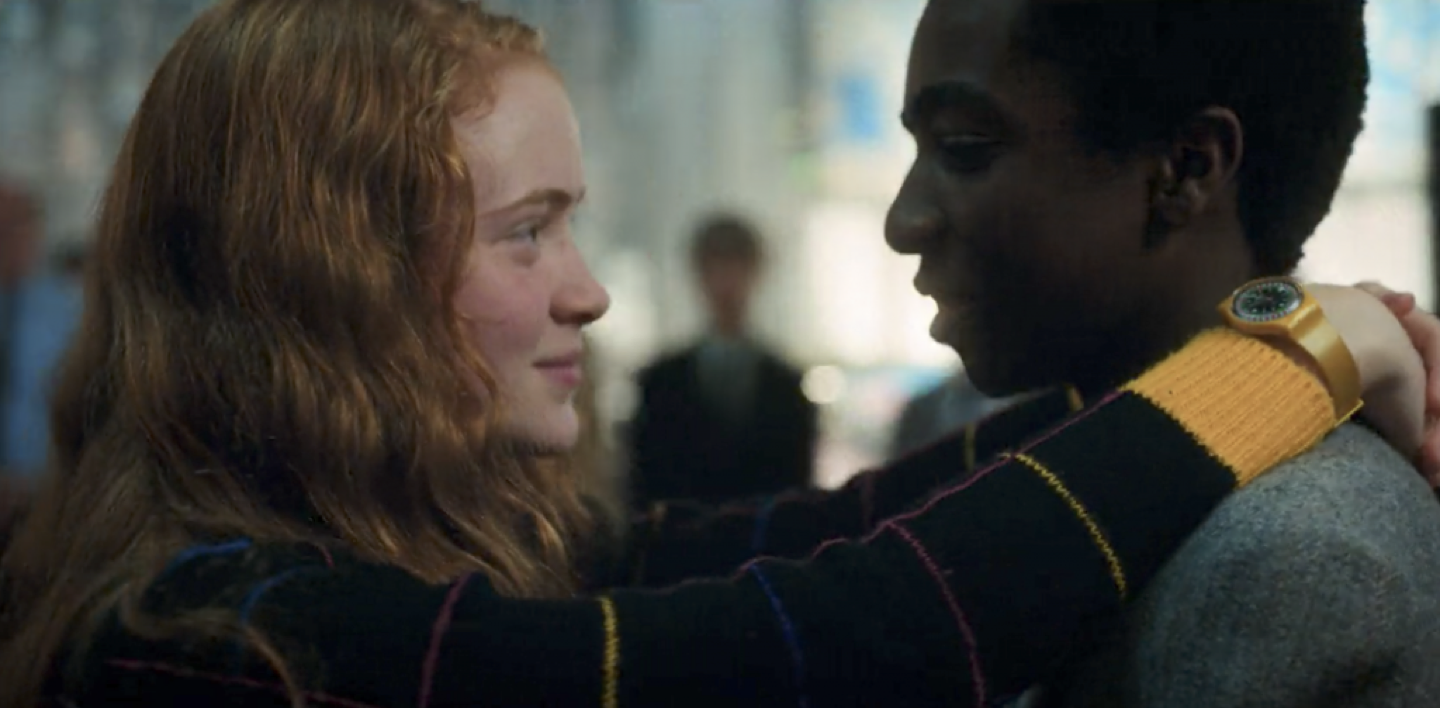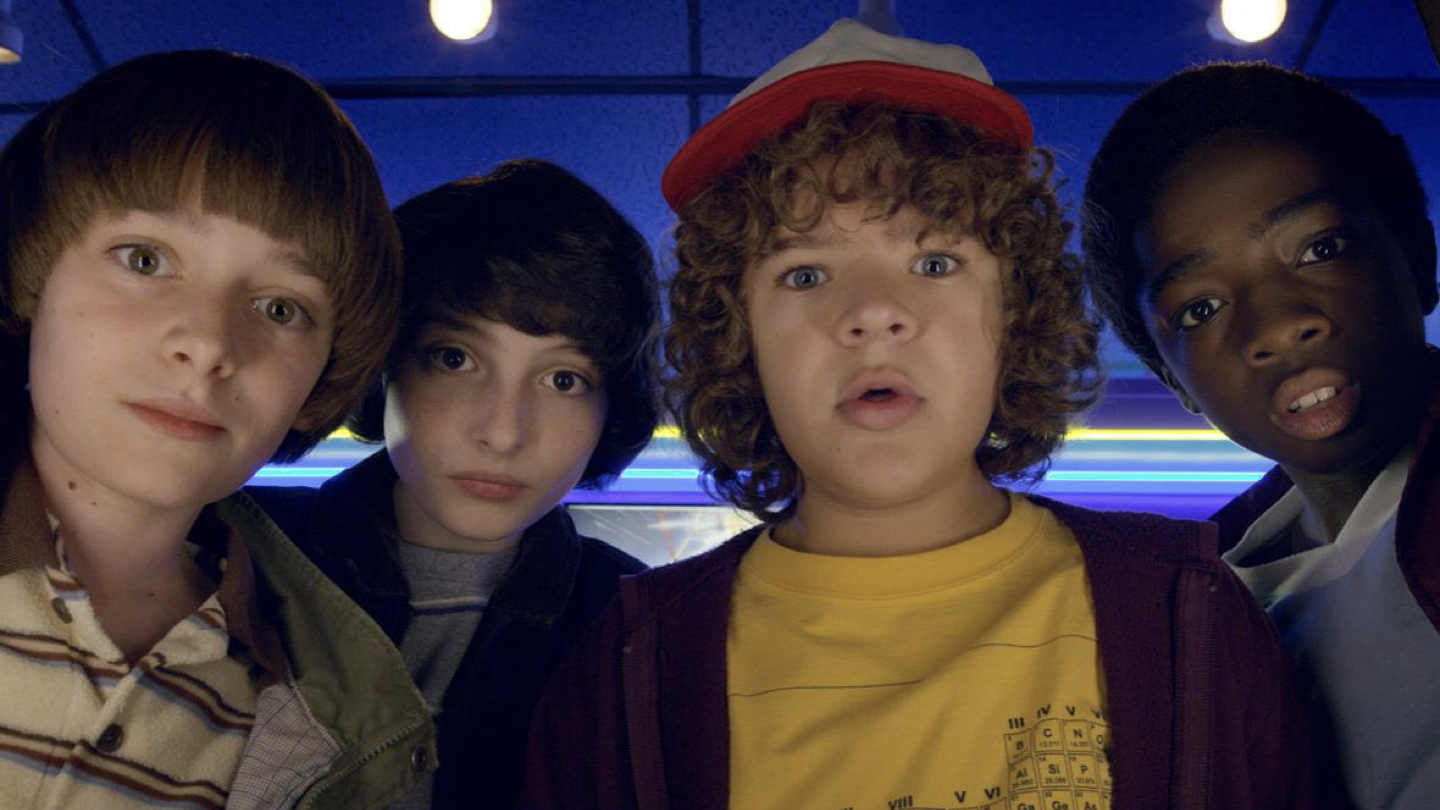10 things you can learn about agile from “Stranger Things”
2019 Jul 31Url↗

10 things you can learn about agile software development from the film-making of Netflix’s “Stranger Things”
“Beyond Stranger things” on Netflix is equivalent to the dvd extras. It Contains insights about the filmmaking process. With interviews and insights about the filmmaking process.
*Contains season 2 spoilers!
1. Start with the end in mind

Season 2 was thought of from the start with the snowball as the conclusion of the last episode.

We always had that moment with Dustin and Nancy.You have these ideas in mind, like the snow ball dance, which then become the building blocks, and that scene, is one of the pieces that goes up on the board, and you are like, that’s staying no matter what. And how do we get there?
E2 16.44min - Beyond Stranger Things

While the kiss between max and Lucas, was decided on the day.
2. Use Placeholders (characters)

The Bob character took shape and prominence over time, in ways that was not initially anticipated

Largely due to the actor’s interpretation of the character
3. Anticipate change

These are two of the best example of actors informing characters. You were dealing with 13 major characters, and so some are more formed then others. Dusting and Steven are two that were just stereotypes, they were almost like place holders, until we met Gaten, and we were like that’s interesting. How do you write for Gaten? You can’t create the character Gaten, there’s only one.
E3 4.30min/4.21min - Beyond stranger things
4. Respond to change

The growl by dustin - originally was a chewbacca impersonation!
Steve storyline came to a halt, so they decided to pair him with Dustin.

They had many scene options on how they came across one and other and then picked one, the flower scene.
5. Orchestrate change

The evolution of the Steve carather’s from an 80’s jock wasn't initially anticipated. Then as he became more charming and likeable → the writers realised when writing season 1, that they wanted to give it more of an arc. And not just negative one dimension.
To achieve that, they made last minute change - Steve goes back in the house and saves the day.
6. Start small and be practical

in season 1, the CG department was 1 person part time. A lot of the effects done with props and costumes to be practical.
This affected the design of the demagorg monster, because it was guy in a suit, on mini stilt.
7. Scale up (resources) when is time

While in season 2 there was a whole department of CGI people. Eg junkyard scene, nothing around steve character. vs Eg season one steve, hitting guy in a suite with a bath.
Recap

- Start with the end in mind
- Use Placeholders (characters)
- Anticipate change
- Respond to change
- Orchestrate change
- Start small and be practical
- Scale up (resources) when is time